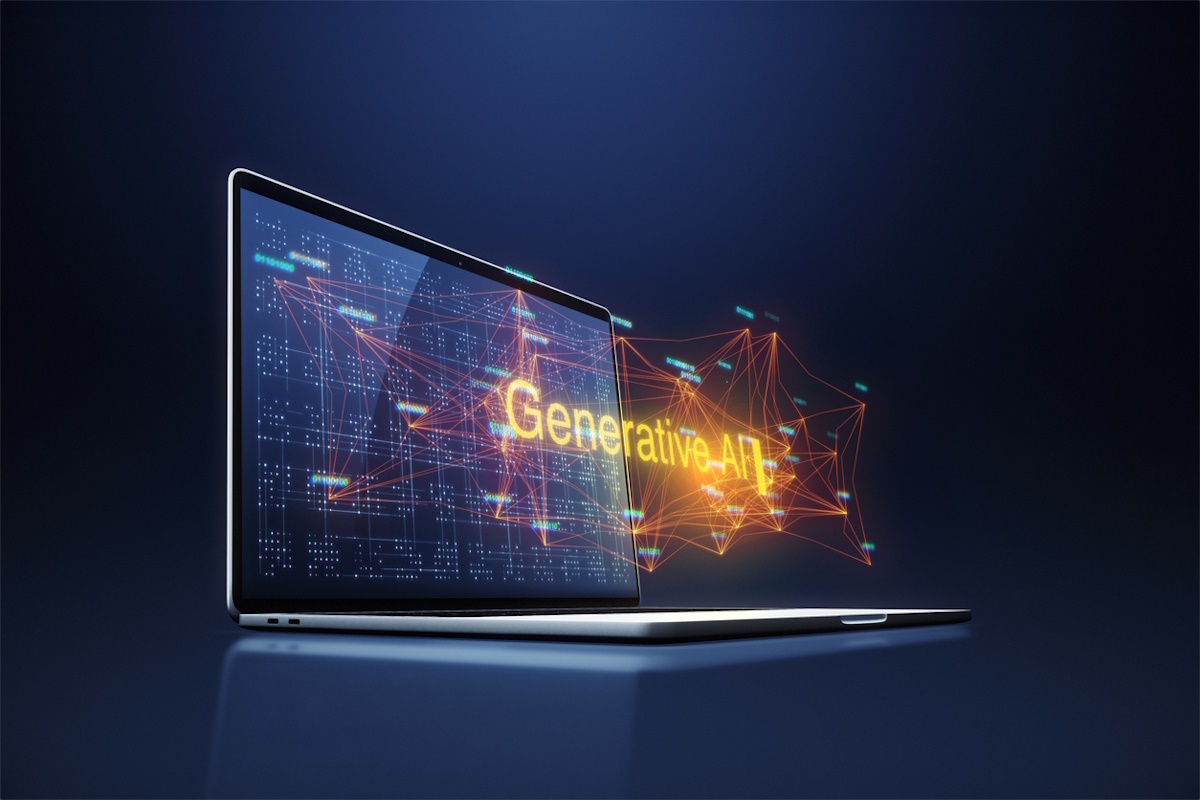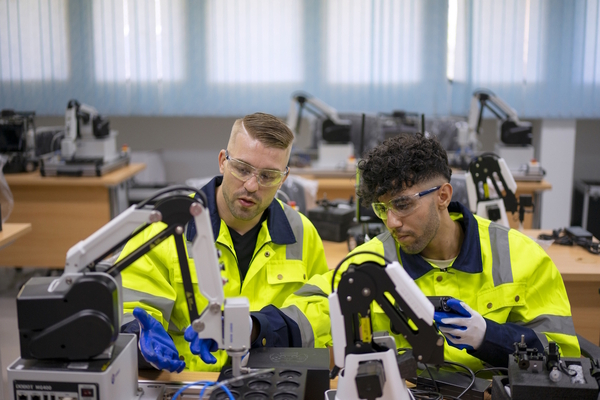Understanding Generative AI, for business people

Lori Witzel at Spotfire, a business unit of Cloud Software Group, examines and explains the arrival of Generative AI and looks for some key value channels for businesses to apply this new data-driven advancement for business success
Generative Artificial Intelligence (Gen-AI) has clearly shaken up our understanding of what we can achieve with new and emerging strains of data intelligence, mostly in a good way.
But the pace of this technology’s meteoric ascendancy has outpaced the specific understanding of where we can now advance our use of information intelligence, how we can apply it to existing business models and where we should be aware of risks, shortfalls and challenges.
In order to comprehend where we are now with Gen-AI, let’s remind ourselves what it is and what it isn’t.
Onward from ‘conventional AI’
Now that we’re able to talk about traditional or perhaps conventional AI (which does still exist), it’s important to remember that anytime we build computer systems capable of performing tasks normally associated with human capabilities, then that’s AI.
These human-like functions might include speech recognition and spoken language translation, visual perception through image attribute decoding and base levels of decision-making based on data analytics.
We often call this form of intelligence Discriminative AI and the algorithms that power this intelligence work by learning to distinguish between different classes, types or even shapes of data.
Put to work, Discriminative AI can help us to differentiate the component factors in our lives and help create accurately classified libraries of the world around us. In general terms, Discriminative AI does not create and it does not generate.
In contrast then (and the clue really is in the name), Generative AI can generate and create outputs i.e. it can create information based upon logical inference by tapping into the power of Large Language Models (LLMs). When put to work, a Generative AI engine trains its algorithm to look for missing spaces and provide us with suggestions for what’s missing.
Discriminative AI can classify fast food items into categories if we provide it with enough data to learn, while Generative AI can finish the phrase ‘fried chicken with a side of ......’, because people normally order fries with their fried chicken.
A subset of machine learning, Generative AI is a data science discipline in which the data models at work are able to ‘learn’ without human direction. When and where we empower it, Generative AI can then take autonomous action based on training data if we humans decide to designate the power to do so.
The output of Generative AI as it stands today is capable of creating and generating everything from written text to images and audio. As we move forward and start to use this technology to write computer code, build engineering architectures and create all manner of useful artefacts, the value of these items will inevitably increase over time.
From mathematics to business
Thinking about how we use both types of AI from a mathematical perspective (in simplified terms, I promise) can help us understand how we can apply Generative AI to business.
Let’s imagine a scenario where we might use Discriminative AI to ingest data from MRI scans and examine the human anatomy of patients along with the physiological processes that magnetic resonance imaging equips us with.
Given an appropriate quantity of data, traditional Discriminative AI can learn the shape of a cancerous image and provide us with invaluable attention to detail that eventually surpasses a human consultant’s capability to spot hard-to-detect cancers.
Generative AI can go one further and start to generate the most-likely images based on observed results so far; this generation mechanism has the potential to expand the scope of our known universe in this context.
Taking stock of where this gets us in business terms, we can see that Generative AI has the power to help prototype, explore and create new business models, ideas, concepts and commercial propositions in new ways that we have never been able to positively exploit before.
Key use enterprise cases
The use cases for Generative AI are as broad as the business world itself. But we can highlight a number of key application points to illustrate the advantageous opportunities that exist.
Customer eXperience (CX) is a prime target. Organisations can now move on from manually-maintained, article-based, hierarchical-founded help and support. They can now progress to easier-to-update and easier-to-consume personalized chat-based help.
Drawing information from open-source Large Language Models (LLMs), organisations can dovetail proprietary information resources in Small Language Models (SLMs) to create CX services that are custom-tuned to their business.
Supply chain resilience is another key application zone for Generative AI. It enables us to implement experimental new workflow methods and even autonomously prototype optimised 3D-printed parts to create new ways of working, all before they even exist.
Taking that conceptual business operations theme forward, we can also use Generative AI to optimise the operational tasks associated with the operations function in DevOps teams. Because the work of sysadmins, Database Administrators (DBAs) and other operations staff relies so heavily on good technical documentation, we can use Generative AI to our advantage here.
By building systems that ask for iterative prompts on an ongoing basis, generative AI tools can turn silos of notes and code into review-ready draft documentation, potentially - actually no, let’s make that literally, saving hours of team time per document.
Careful steps
As with all powerful tools and technologies, with great power comes great responsibility and this is of course the case with Generative AI. Any business starting to implement these types of functions will need to make sure that they have oversight of well-governed quality data from the outset.
The dividing line between open-source and proprietary mission-critical data needs to be part of this conversation i.e. we need to ask where guardrails are in place and what information is being shared where.
As with all AI, we will also need to be aware of the potential for bias. In the new era of data ingestion, historical structural bias and inadequate planning are obviously not our friends. Examining data provenance goes hand-in-hand with best practices in this space.
We must also be sure which stakeholders we are empowering with these new tools, as one vendor of Generative AI systems put it, “Great care should be taken when using language model outputs, particularly in high-stakes contexts, with the exact protocol (such as human review, grounding with additional context, or avoiding high-stakes uses altogether) matching the needs of a specific use-case.”
As smart as Generative AI is, the need for subject matter experts and domain specialists can never be overstated.
Generative AI is changing the way we work, so we need to understand these core mechanics, principles and constructs before we give it a new-start job, find it a desk and print a virtual employee name badge for the staff canteen. It’s time for more work and smarter work, okay computer.
Lori Witzel is Thought Leader Alumnus, Spotfire, a business unit of Cloud Software Group
Main image courtesy of iStockPhoto.com

Business Reporter Team
You may also like
Most Viewed
Winston House, 3rd Floor, Units 306-309, 2-4 Dollis Park, London, N3 1HF
23-29 Hendon Lane, London, N3 1RT
020 8349 4363
© 2024, Lyonsdown Limited. Business Reporter® is a registered trademark of Lyonsdown Ltd. VAT registration number: 830519543





